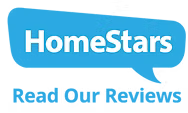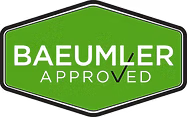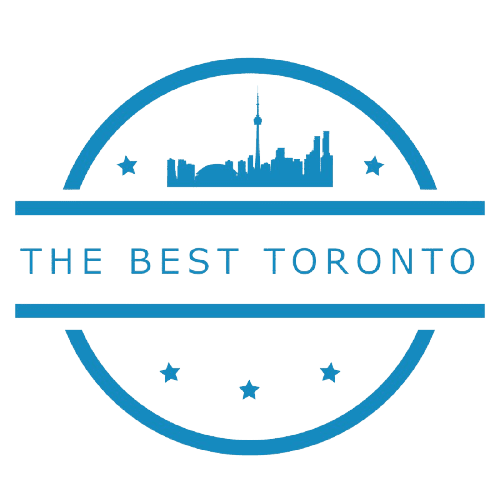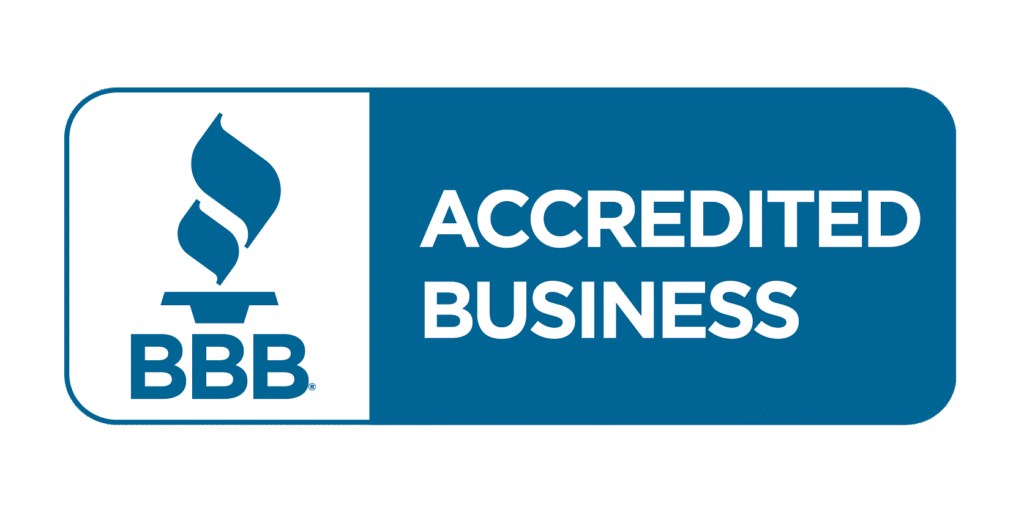Mold can affect both structural integrity and indoor air quality. From musty odours to visible discolouration, the signs of mold growth often indicate more extensive underlying issues. Regular mold inspection and testing in the GTA keep homeowners and residents safe. They also protect the home’s value in real estate.
Understanding Mold Inspection and Testing
The foundation of successful mold management techniques is mold testing and inspection. These procedures entail a methodical strategy to locating, evaluating, and measuring the amount of mold on a property. Let’s dissect the essential elements:
Visual Examination
A detailed visual inspection of the property is the first line of defence against mold. Skilled experts carefully examine surfaces in search of obvious indications of mold development. This comprises:
- Discolouration on walls, ceilings, or floors
- Paint and wallpaper warping or bubbling
- Wetness or water stains
- Musty smells
Visual inspections often extend to less visible affected areas such as crawl spaces, attics, and behind large appliances. Inspectors may use specialized tools like moisture meters to detect hidden pockets of dampness that could foster mold growth.
Air Sampling Test
Important information about mold spores in the air is provided by air sampling. Usually, this procedure includes:
- Gathering samples of indoor air from various sources
- Obtaining a comparative outside sample
- Capturing spores with the right tools
- Submitting samples for analysis to recognized labs
Air sampling results can help determine if indoor mold spore levels are higher than outdoor levels. They show the types and amounts of mold spores present.
Surface Sampling Test
Techniques for surface sampling are used when mold is evident. These could consist of:
- Samples of tape lift: Placing transparent tape over dubious surfaces
- Samples of swabs: Gathering mold from surfaces with sterile swabs
- Removing tiny amounts of impacted items from bulk samples
Assessing the degree of contamination on different materials and identifying certain mold species are made easier with surface sampling.
Laboratory Analysis
Certified laboratories thoroughly examine collected samples. Technicians use certain methods to:
Determine the types of mold that are present
- Determine the concentrations of spores.
- Examine any possible health problems related to the molds found.
- Lab findings provide important information. They guide cleanup methods and help figure out how bad the mold problem is. They also assist in mold removal.
Experts can use different testing and inspection methods. This helps them understand the mold problem in a property better. This multifaceted method guarantees proper identification and assessment of both visible and concealed mold concerns.
Factors That Affect Mold Inspection and Testing Costs
Several important variables can greatly affect the price of mold testing and inspection in the Greater Toronto Area. Property owners can anticipate costs and make wise judgments by being aware of these factors. Let’s examine the main factors that affect pricing:
Size Of The Property
The dimensions and layout of a property play a vital impact in influencing inspection costs GTA:
- It takes more time and money to conduct a complete inspection of larger residences or commercial buildings.
- Researchers frequently require more thorough sampling for properties with several rooms or elaborate architectural details.
A small 1,000-square-foot apartment may cost less to inspect than a large 5,000-square-foot home. The larger home has many floors and a basement, which adds to the inspection cost.
Extent Of Visible Mold
The presence and extent of visible mold growth can influence costs:
- Limited, localized mold spots may require fewer samples and less inspection time
- Widespread visible mold across multiple areas necessitates more comprehensive testing
- Hidden mold behind walls or under flooring may require specialized detection methods, increasing costs
Properties with widespread visible mold frequently require more surface samples and careful investigation, potentially driving up overall expenses.
Inspection Area Accessibility
The amount of time and effort needed depends on how simple it is to reach possible mold-prone areas:
- Readily accessible spaces like living rooms and kitchens are often less costly to inspect
- There may be extra fees for crawl spaces, attics, or places under large household appliances.
Properties that need specialized access equipment, like elevators for high ceilings, can cause increased costs.
Type And Number Of Samples Required
The sampling strategy significantly impacts overall costs:
- Air samples typically cost between $50 to $150 per sample
- Surface samples (swabs or tape lifts) range from $25 to $100 each
- Bulk material samples may cost $150 to $300 per sample
Properties requiring multiple samples across various mediums (air, surface, bulk) will naturally incur higher testing fees.
Types of Mold Inspection and Their Costs
Several types of mold inspections exist, each appropriate for particular requirements and situations. Property owners can select the best service by being aware of the many kinds and the associated expenses. Let’s examine the main types of mold inspections that the GTA offers:
First Visual Examination
The primary objective of this entry-level service is a detailed visual inspection of the property:
It usually takes one to two hours to check a typical-sized house. This includes looking for visible mold on different surfaces.
You can use moisture meters to identify damp places.
Excludes laboratory testing and sampling.
Cost Range: $200 to $400
Perfect for: Pre-purchase inspections, preliminary assessments, or situations where visible mold is suspected but not verified.
Standard Mold Home Inspection With Limited Sampling
This service combines visual inspection with targeted sampling:
- Includes a thorough visual assessment of the property
- Typically involves 2-3 air samples (indoor and outdoor)
- May include 1-2 surface samples if visible mold is present
- Provides a basic written report of findings
Cost Range: $400 – $700
Ideal for: Homeowners with suspected mold issues, real estate transactions, or as a follow-up to water damage events.
Advanced Mold Inspection With Extensive Sampling
For properties with complex mold issues or health concerns like respiratory problems, this service offers:
- Comprehensive visual inspection of all accessible areas
- Multiple air samples from various rooms (4-6 typically)
- Several surface samples (3-5) from different materials
- Possible bulk material sampling if structural damage is suspected
- Detailed written report with laboratory-analyzed results.
Cost Range: $700 – $1,500
Ideal for: Large properties, homes with known mold problems, or when health symptoms are present.
Specialized Mold Inspections
Certain situations call for targeted inspection services:
Post-Remediation Verification (PRV)
- Assesses the effectiveness of mold remediation efforts
- Typically includes visual inspection and air quality tests
- May involve a comparison of pre-remediation test results
Cost Range: $300 – $600
HVAC Mold Inspection
- Focuses on HVAC systems
- May require partial disassembly of HVAC components
Cost Range: $400 – $800
Infrared Thermal Imaging Inspection
- Uses thermal cameras to detect temperature variations indicative of moisture problems
- Often combined with standard visual inspection and sampling
- Helps identify hidden mold growth behind walls or under flooring
Cost Range: $400 – $700 (as an add-on to standard inspection)
Commercial Property Mold Inspections
Large commercial spaces require more extensive services:
- Customized inspection plans based on property size and use
- Multiple air and surface samples across various zones
- May involve specialized equipment for high ceilings or large open spaces
- Comprehensive reporting suitable for business or regulatory purposes
Cost Range: $1,000 – $5,000+ (highly variable based on property specifics)
When selecting a mold inspection service, consider the following:
- The extent of your mold concerns
- Any visible signs or health symptoms
- The age and condition of your property
- Your budget and timeline
- Any specific requirements (e.g., for real estate transactions or insurance claims)
Remember, while cost is a factor, the thoroughness and accuracy of the inspection should be the primary consideration. A thorough mold inspection can save you money. It helps find problems early and stops bigger damage or health issues.
The Mold Inspection Process
Understanding the mold inspection process helps property owners prepare effectively and make the most of this crucial service. Let’s walk through the typical steps involved in a professional mold inspection:
Initial Consultation And Scheduling
The process begins with contacting a mold inspection company:
- Discuss your concerns and reasons for seeking an inspection
- Provide basic information about your property
- Receive a preliminary cost estimate
- Schedule the inspection at a convenient time
Many companies offer online booking or phone consultations to streamline this process.
Inspection Preparation
Before the inspector arrives, take these steps to ensure a thorough assessment:
- Clear access to all areas of the property, including closets and storage spaces
- Remove any items blocking walls, corners, or potential problem areas
- Ensure that electricity and water are available if needed
- Prepare a list of any specific concerns or areas you want inspected
- Keep pets secured to avoid interference with the inspection
Visual Inspection
The core of the process involves a meticulous visual examination:
- Systematic inspection of all accessible areas, including attics and crawl spaces
- Use of flashlights to examine dark corners and crevices
- Application of moisture meters to detect damp areas behind walls or under flooring
- Documentation of visible mold growth, water damage, or concerning odors
- Identification of potential excess moisture sources (leaks, condensation, etc.)
Inspectors may take photographs or videos to document their findings.
Air And Surface Sampling
If included in your service, the inspector will collect various samples:
- Setting up air sampling equipment in strategic locations
- Taking outdoor air samples for comparison
- Collecting surface samples from visible mold or suspicious areas
- Possibly obtaining bulk material samples if structural damage is suspected
The number and type of samples depend on the inspection package and property conditions.
Report Preparation And Delivery
Following the on-site inspection:
- Inspectors compile their observations, measurements, and lab results
- A comprehensive report is prepared, typically including:
- Detailed description of findings
- Photographic evidence
- Laboratory analyzed results
- Recommendations for remediation or further testing services
- Reports are usually delivered within 3-5 business days, depending on lab processing times
Follow-Up Consultation
Many inspection services include a follow-up call or meeting to:
- Review the report findings in detail
- Explain any technical aspects of the results
- Discuss recommended next steps
- Answer any additional questions
This consultation ensures you fully understand the inspection outcomes and can make informed decisions about addressing any mold issues.
By learning about this process, you can take part in mold inspection. This way, we will address all your concerns. Remember, a thorough mold inspection is an investment in your property’s health and your peace of mind.








